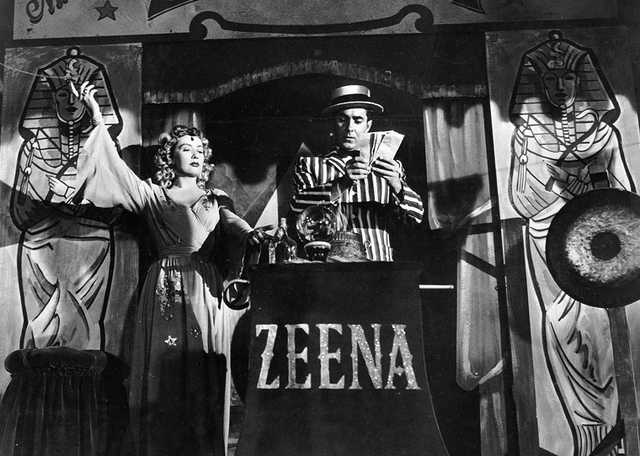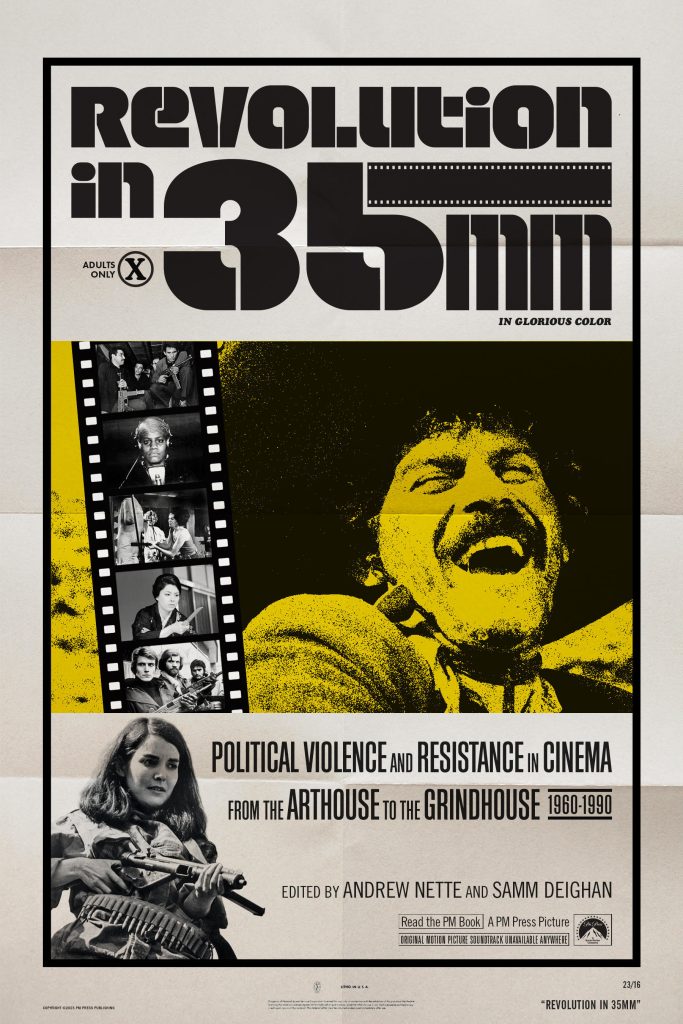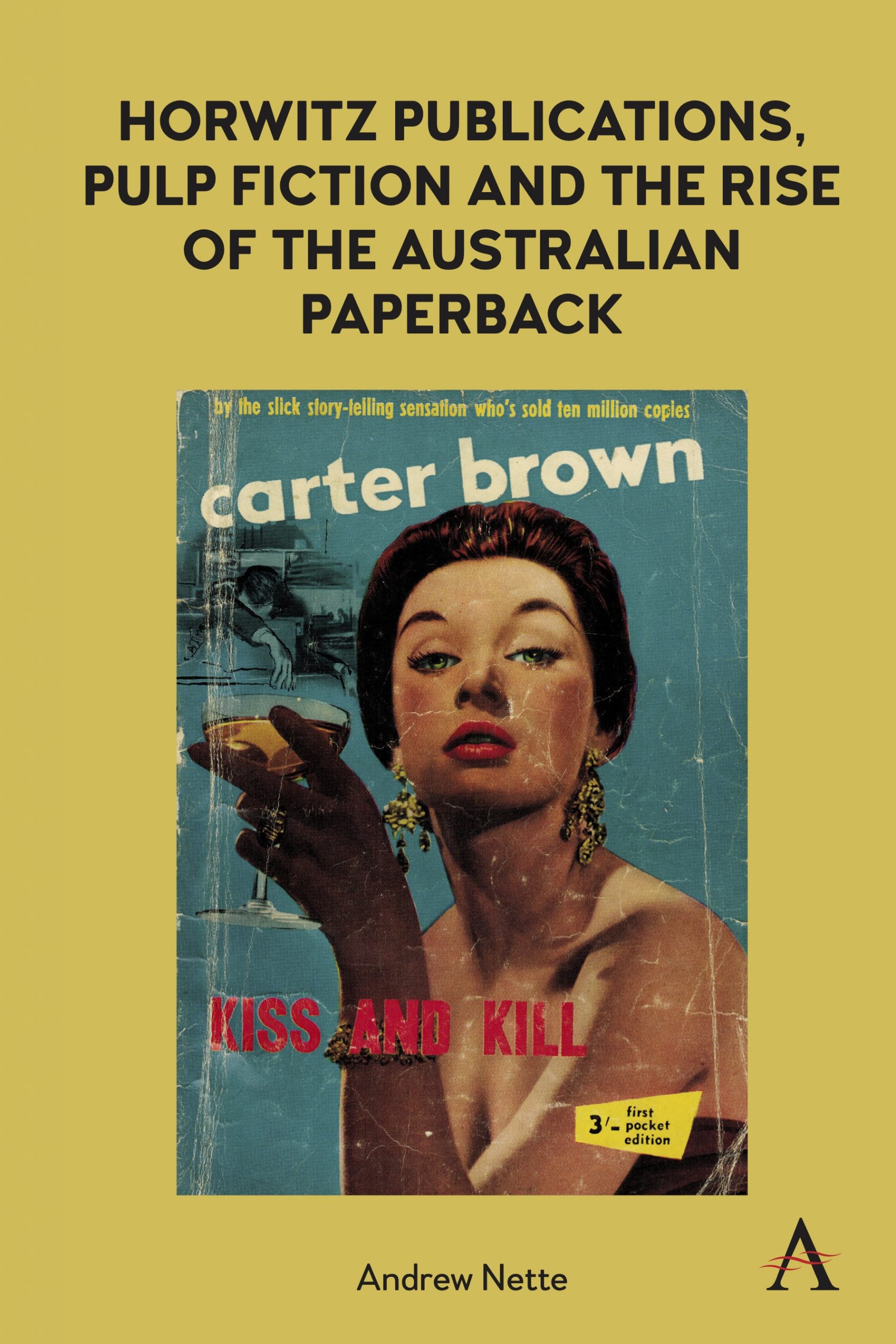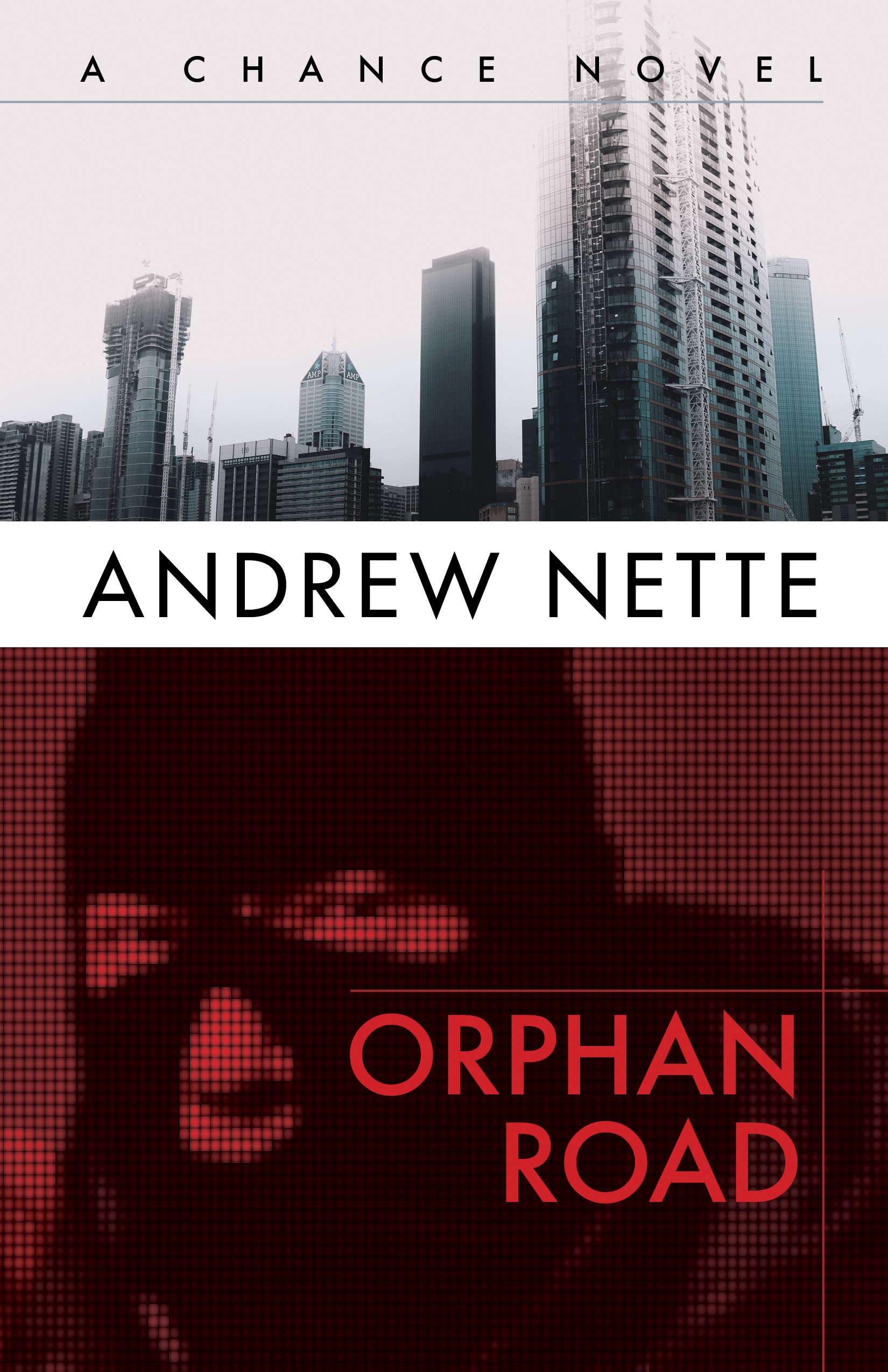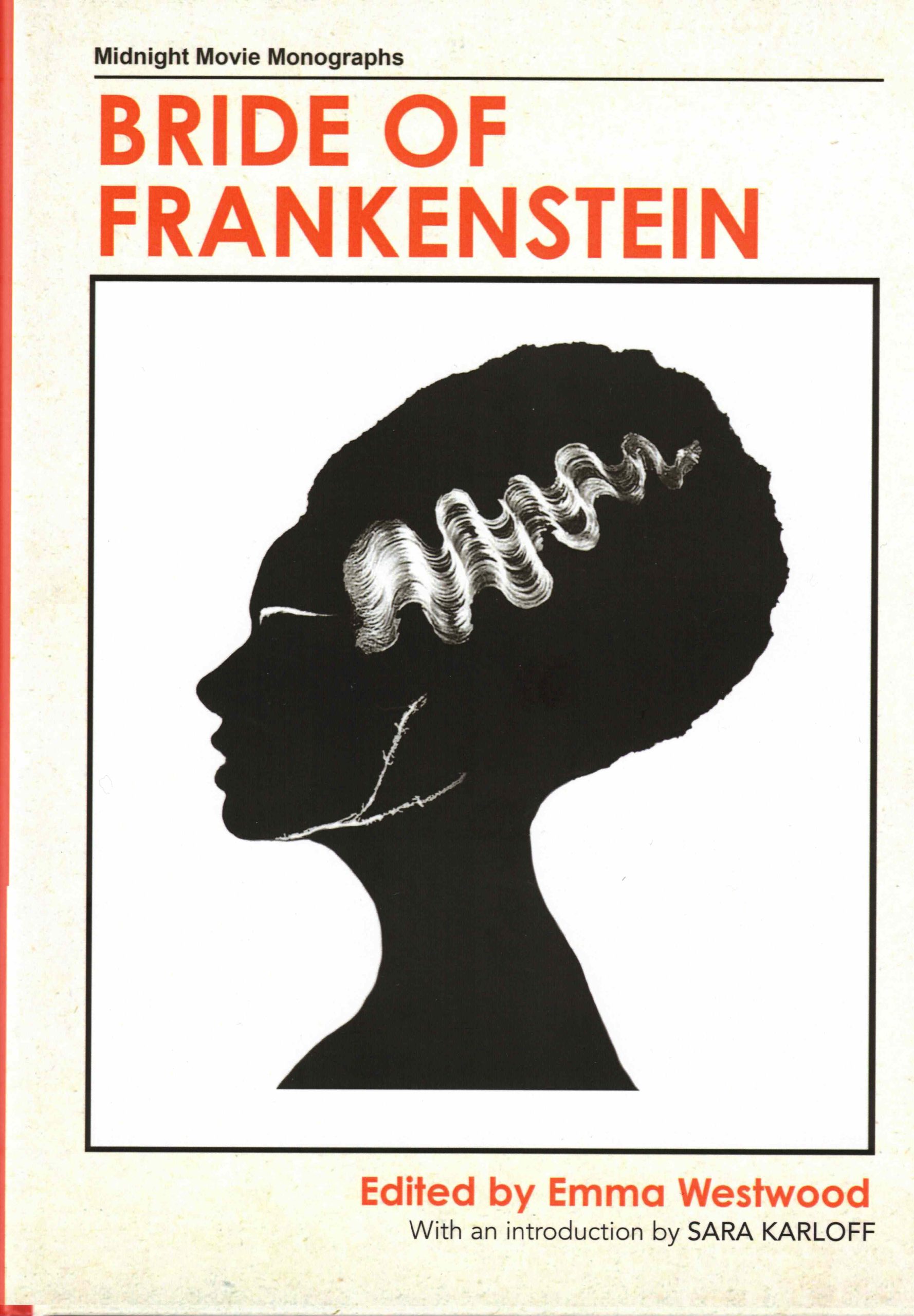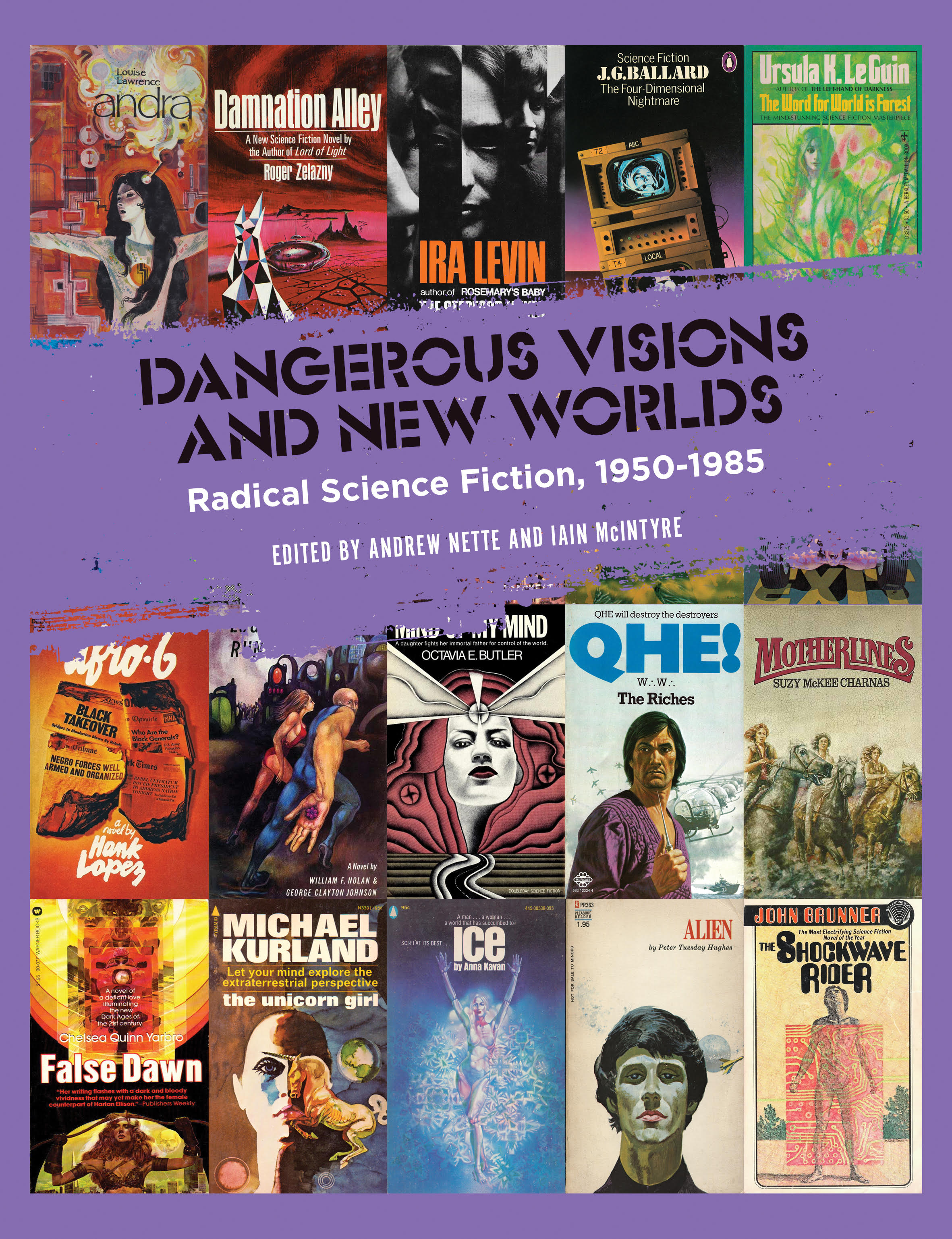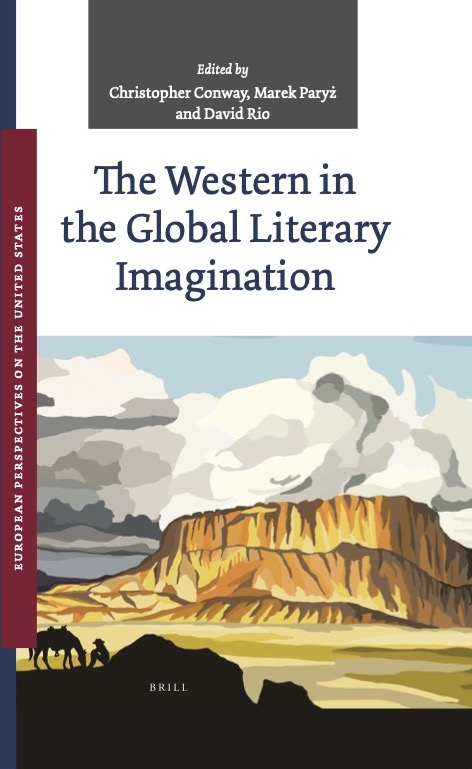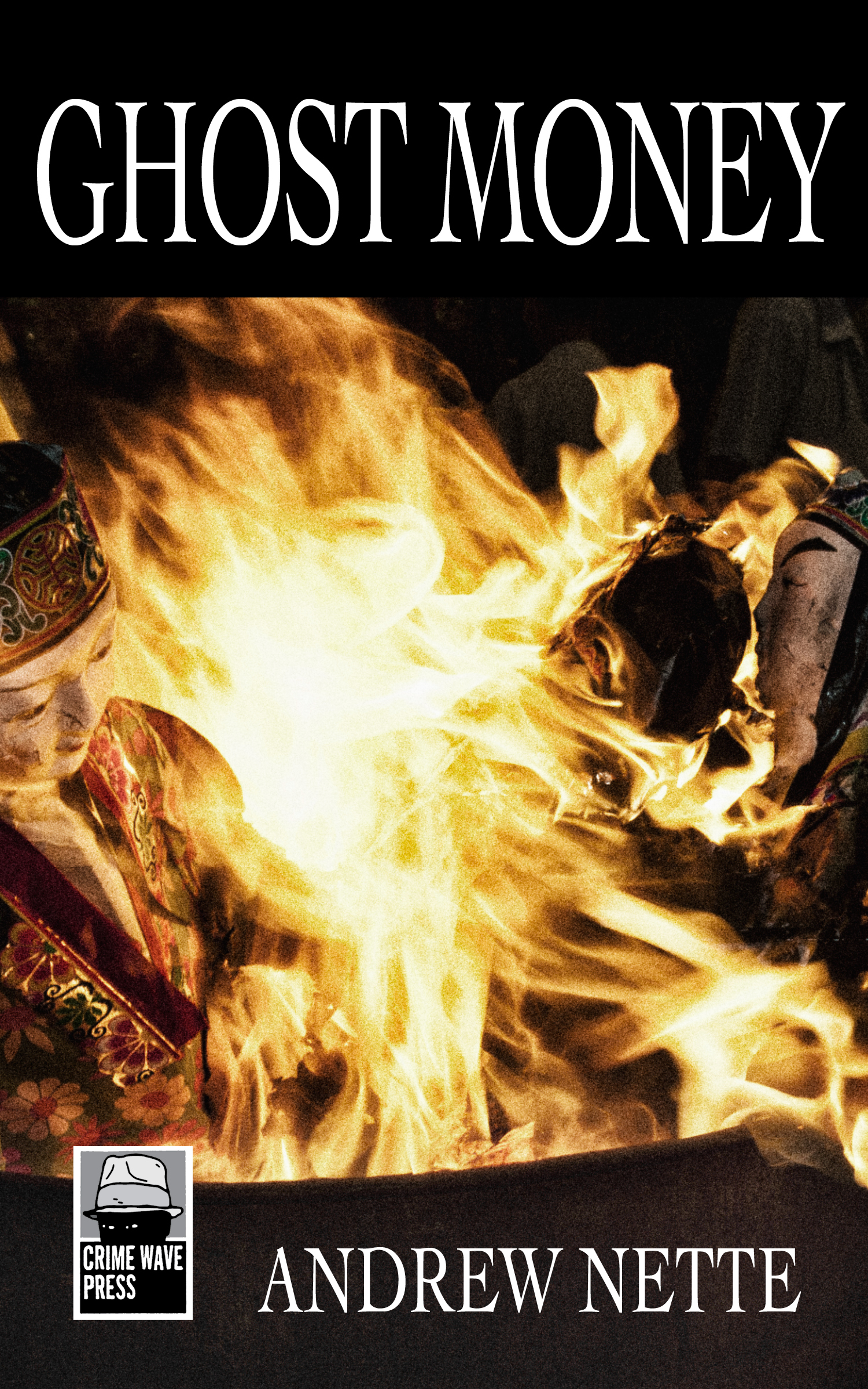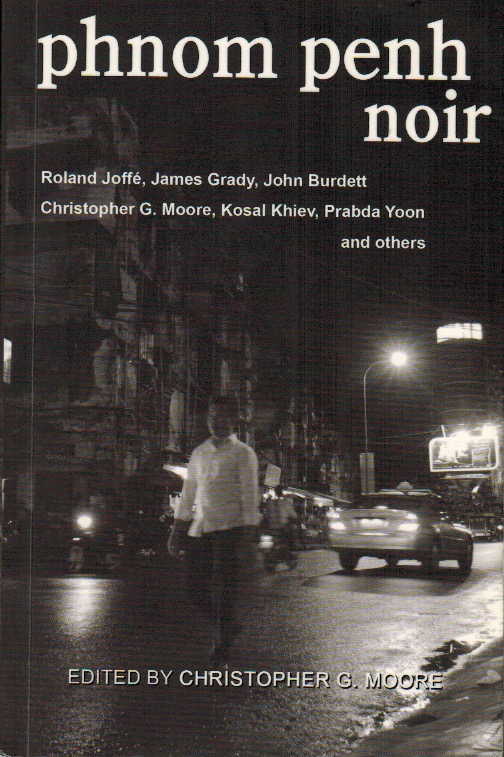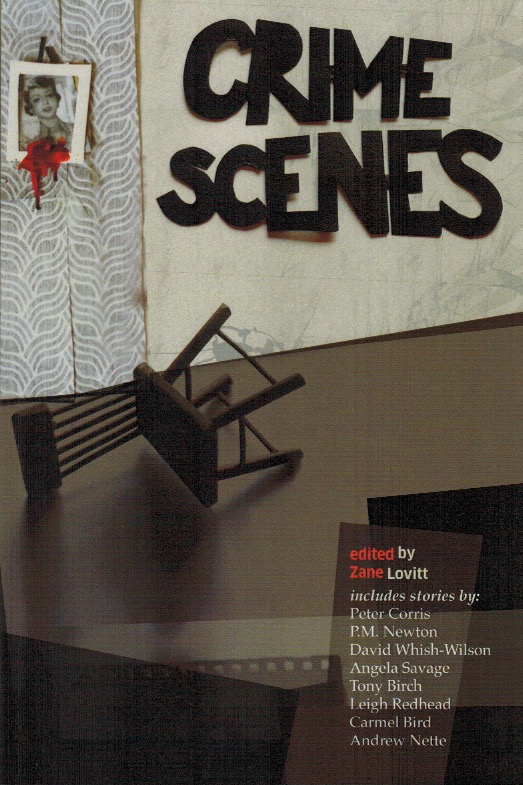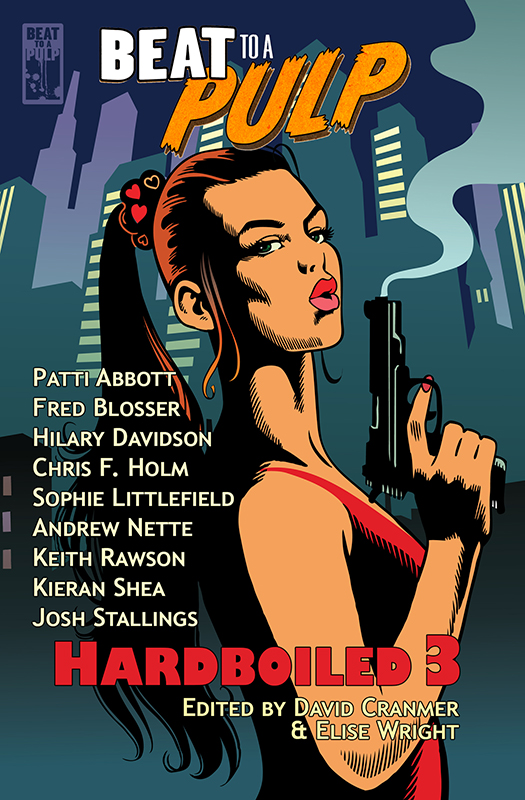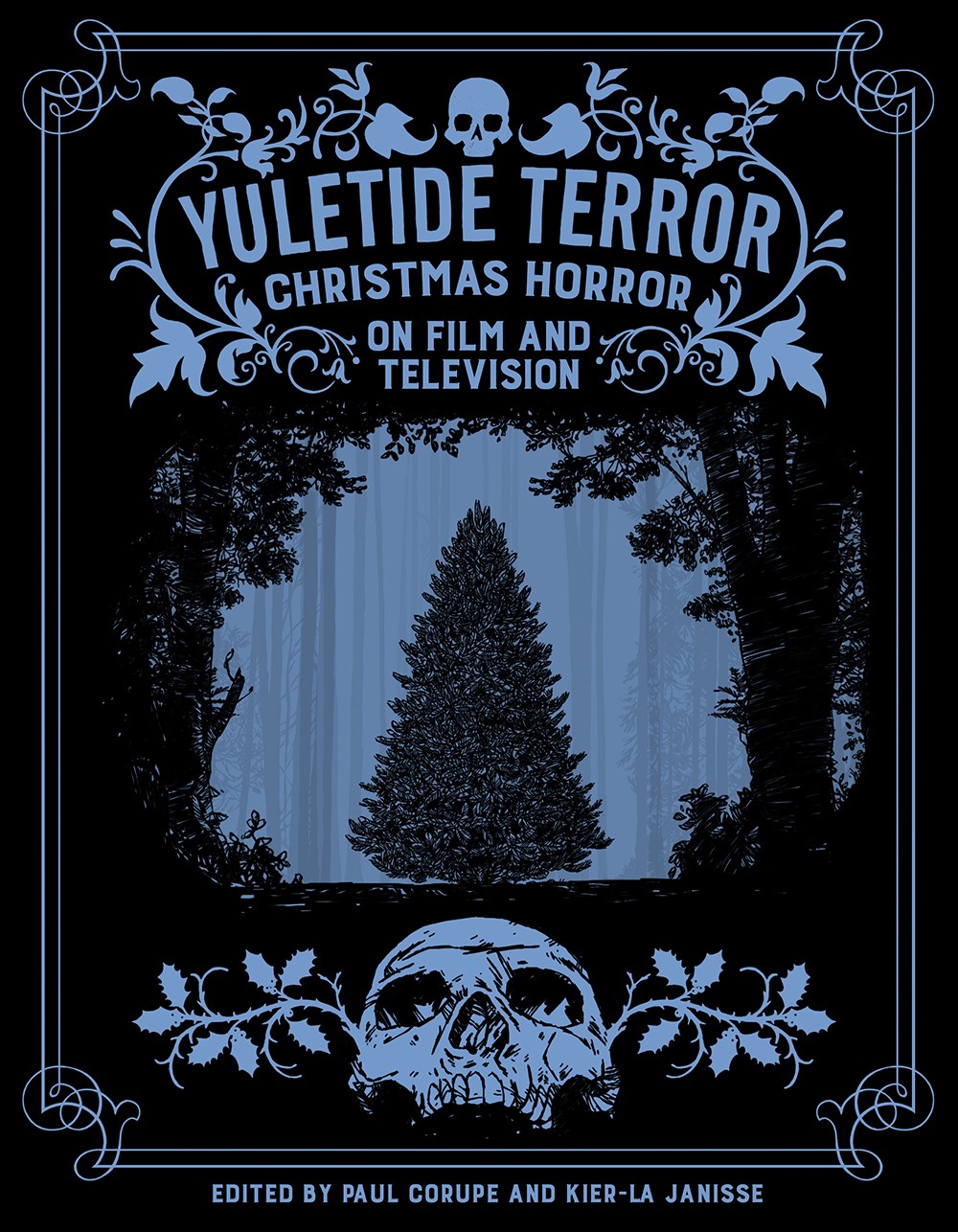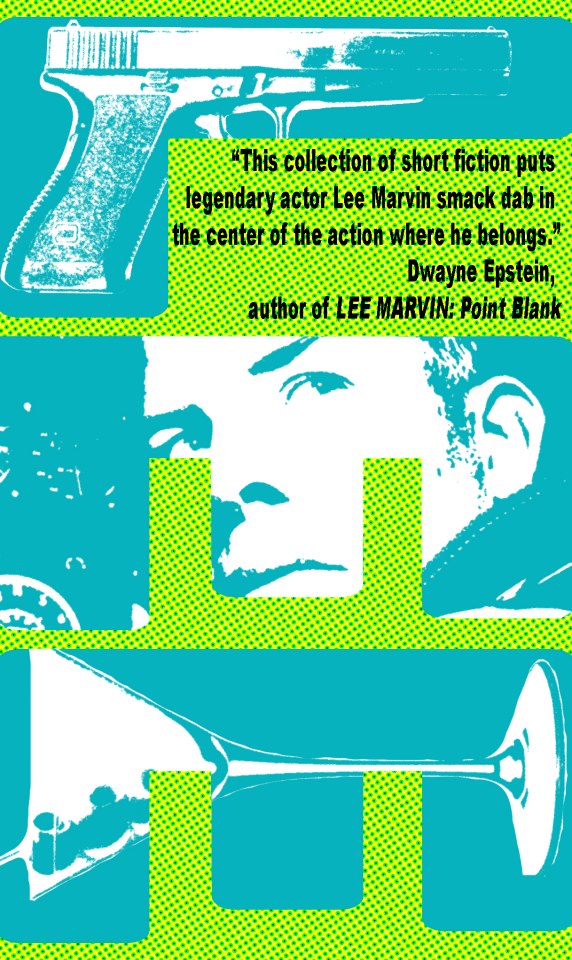Search
-
Recent Posts
- Dishing up Pulp Curry in a new way: why I am starting a Substack newsletter
- Book reviews: Deadly dames, midcentury Brit pulp and 1970s science fiction
- Mackenna’s Gold (1969): Gold, Ghosts and Frontier Violence
- Orphan Road book launch
- Orphan Road now available
- Pre-orders open for my new novel, Orphan Road
- Cover reveal: Orphan Road, my follow up to Gunshine State
- Breakfast in the Ruins podcast: New English Library Bikermania
- Why 1973 was the year Sidney Lumet took on police corruption
- Men’s Adventure Quarterly: Gang Girls issue
Categories
- 1960s American crime films
- 1970s American crime films
- 1980s American crime films
- 1990s American crime films
- Adrian McKinty
- Albert Dekker
- Andre De Toth
- Angela Savage
- Angie Dickinson
- Anthony Zerbe
- Asian noir
- Australian crime fiction
- Australian crime film
- Australian noir
- Australian popular culture
- Australian pulp fiction
- Australian television history
- Ava Gardner
- Beat culture
- Belmont Tower Books
- Ben Wheatley
- Billie Whitelaw
- Black pulp fiction
- Blaxsploitation
- Book cover design
- Book Reviews
- British crime cinema
- British pulp fiction
- Bryan Brown
- Burt Lancaster
- Carter Brown
- Charles Durning
- Charles Willeford
- Chester Himes
- Christopher G Moore
- Christopher Lee
- Cinema culture
- Claude Atkins
- Coronet Books
- Crawford Productions
- Crime Factory
- Crime Factory Publications
- Crime fiction
- Crime fiction and film from Africa
- Crime fiction and film from Cambodia
- Crime fiction and film from China
- Crime fiction and film from India
- Crime fiction and film from Indonesia
- Crime fiction and film from Japan
- Crime fiction and film from Laos
- Crime fiction and film from Latin and Central America
- Crime fiction and film from Malaysia
- Crime fiction and film from New Zealand
- Crime fiction and film from Scandinavia
- Crime fiction and film from Singapore
- Crime fiction and film from South Korea
- Crime fiction and film from Thailand
- Crime fiction and film from the Philippines
- Crime Fiction and film set in Vietnam
- Crime film
- Dangerous Visions and New Worlds Radical Science Fiction 1950 to 1985
- David Goodis
- David Peace
- David Whish-Wilson
- Derek Raymond
- Diana Dors
- Dirk Bogarde
- Don Siegel
- Don Winslow
- Donald Westlake aka Richard Stark
- Dystopian cinema
- Ernest Borgnine
- Eurocrime
- Fawcett Gold Medal Books
- Femme fatale
- Fernando Di Leo
- Filipino genre films
- Film Noir
- Forgotten Melbourne
- French cinema
- French crime fiction
- Garry Disher
- Gene Hackman
- George V Higgins
- Georges Simenon
- Ghost Money
- Giallo cinema
- Gil Brewer
- Girl Gangs, Biker Boys and Real Cool Cats: Pulp Fiction & Youth Culture, 1950-1980
- Gloria Grahame
- Gold Star Publications
- Gregory Peck
- Gunshine State
- Heist films
- Horror
- Horwitz Publications
- Humphrey Bogart
- Ian Fleming
- Interviews
- Ira Levin
- James Caan
- James Crumley
- James Ellroy
- James Hadley Chase
- James Woods
- Jim Brown
- Jim Thompson
- Joel Edgerton
- John Frankenheimer
- Joseph Losey
- Karen Black
- Kerry Greenwood
- Kinji Fukasaku
- Larry Kent
- Laura Elizabeth Woolett
- Lee Marvin
- Leigh Redhead
- Lindy Cameron
- M Emmet Walsh
- Mad Max
- Mafia
- Malla Nunn
- Martin Limon
- Megan Abbott
- Melbourne International Film Festival
- Melbourne Writers Festival
- Men's Adventure Magazines
- Michael Caine
- Michael Fassbender
- Mickey Spillane
- Monarch Books
- Ned Kelly Awards
- Neo Noir
- New English Library
- Newton Thornburg
- Noir Con
- Noir fiction
- Non-crime reviews
- Oren Moverman
- Orphan Road
- Ozsploitation
- Pan Books
- Parker
- Paul Newman
- Peter Boyle
- Peter Corris
- Peter Strickland
- Peter Yates
- Poliziotteschi
- Pulp fiction
- Pulp fiction in the 70s and 80s
- Pulp fiction set in Asia
- Pulp Friday
- Pulp paperback cover art
- Qui Xiaolong
- Raymond Chandler
- Richard Burton
- Richard Conte
- Robert Aldrich
- Robert Mitchum
- Robert Ryan
- Robert Stone
- Rock Hudson
- Roger Smith
- Rollerball
- Rosaleen Norton
- Roy Scheider
- Rural noir
- Sam Levene
- Sam Peckinpah
- Samuel Fuller
- Science fiction and fantasy
- Scripts Publications
- Sidney Lumet
- Sidney Poitier
- Simon Harvester
- Snowtown
- Snubnose Press
- Spies
- Stanley Baker
- Sterling Hayden
- Steve McQueen
- Sticking it the the Man Revolution and Counter Culture in Pulp and Popular Fiction 1950 1980
- Stuart Rosenberg
- Tandem Books
- Tart noir
- Tartan Noir
- Ted Lewis
- Toni Johnson Woods
- True crime
- Vicki Hendricks
- Victor Mature
- Vintage mug shots
- Vintage pulp paperback covers
- Wallace Stroby
- War film
- Westerns
- William Friedkin
- Woody Strode
- Yakuza films
- Yaphet Kotto
Nothing but noir
Recommended reading
The lurid world of pulp
- 20th century Danny Boy
- American Pulps
- Bear Alley
- Bloody, Spicy, Books
- Comics Down Under
- Everything second hand
- Existential Ennui
- Greenleaf Classic Books
- Irv O. Neil's Erotica is My Trade
- Killer Covers
- Lost Classics of Teen Lit 1939-1989
- Luminist Archives
- Men's Pulp Mags
- Mporcius Fiction Log
- Murder, Mayhem and Long Dogs
- Neglected Books
- Nocturnal Revelries
- Paperback Warrior
- Paperbacks of the Gods
- Pop Sensation
- Pulp artists
- Pulp Covers
- Pulp Crazy
- Pulp Flakes
- Pulp International
- Pulp Magazines Project
- Pulp Serenade
- Realms of the Night
- Romance Fiction Has a History
- Rough Edges
- Sin Street Sleaze
- Spy Guys and Gals
- The department of Afro American Research Arts & Culture
- The Dusty Bookcase
- The Haunted World of Richard Sala
- The Moon Lens
- The Nick Carter & Carter Brown Blog
- The Pulp & Paperback Fiction Reader
- Too Much Horror Fiction
- True Pulp Fiction
- Vault of Horror
- Vintage Nurse Romance Novels
- Vintage Romance Novels
- Welcome to the Pan Paperback
- Yellow and Creased
Support This Site
If you like what I do please support me on Ko-fi
Category Archives: Neo Noir
Book review: Beautiful Revolutionary
I first came across Melbourne author Laura Elizabeth Woollett’s work when she participated in a Noir at Bar event I helped organise last year. That night she read one of the tales from her short story collection, The Love of a Bad Man. It is tempting to view her debut novel, Beautiful Revolutionary, as an extension of that collection – twelve terrific stories told from the point of view of the lovers and wives of various bad men in history. Indeed, if I remember correctly, one of the pieces in The Love of a Bad Man concerned the Reverend Jim Jones, a very bad man and the central focus of Beautiful Revolutionary.
Woollett’s novel spans the period of history from the assassination of Bobby Kennedy in June 1968 to the events that occurred in November 1978, when over 900 people died from drinking poison at the People’s Temple Agricultural Project, better known as ‘Jonestown’ in Guyana, founded by cult leader, Jim Jones. When I was younger, I remember Jonestown being described as a mass suicide but, as relatives of the dead have since pointed out, it was really a mass murder, as all but a few drank the poison under duress.
Although we never hear the story from his point of view, the book revolves around Jones, a self proclaimed socialist saviour, but also a sexual predator, quack faith healer and an increasingly unhinged demagogue.… Read more
Book review: Clarence Cooper Jr’s The Scene
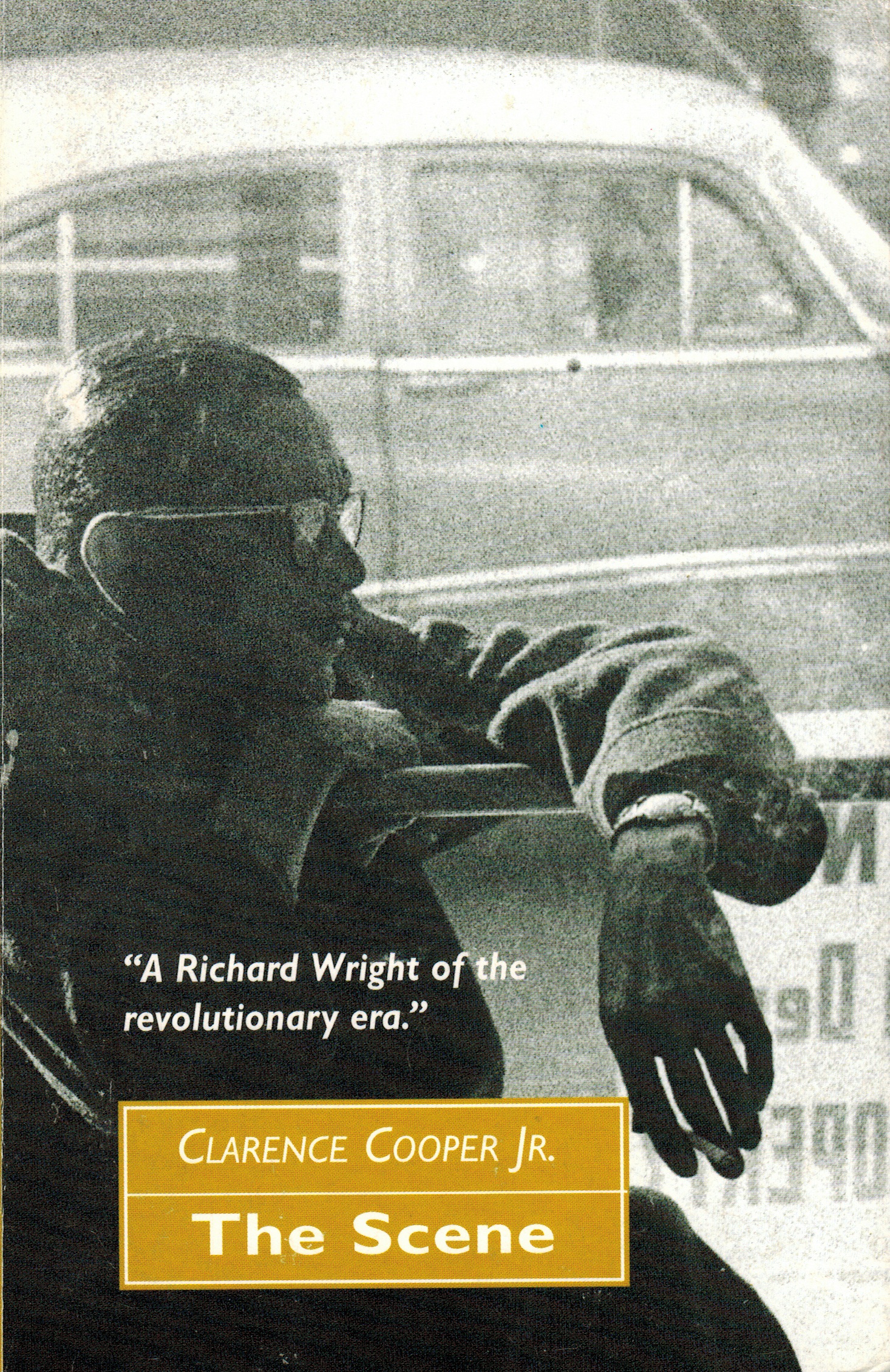 San Francisco based crime writer Domenic Stansberry recently sent me a copy of a book he has just put out through his very cool looking small publisher, Molotov Editions. The book is a re-released edition ofThe Syndicate by a little known Black crime writer, Clarence Cooper Jr.
San Francisco based crime writer Domenic Stansberry recently sent me a copy of a book he has just put out through his very cool looking small publisher, Molotov Editions. The book is a re-released edition ofThe Syndicate by a little known Black crime writer, Clarence Cooper Jr.
I hope to write about the Molotov Editions reprint of The Syndicate, the cover of which is included below, in a future post. For now, however, I want to talk about the Cooper novel I have read, The Scene, also published in 1960. And if The Scene is any guide I am pretty sure I will dig The Syndicate.
The book set in a nameless US city, and deals with the bleak, dead end lives of the junkies, prostitutes and criminals who populate an area of it, known as ‘the Scene’.
A myriad of characters shift in and out of the story: there’s Rudy Black, a ruthless, showy pimp and up and coming pusher, part of a network of dealers working for a mysterious criminal called ‘the Man’, who controls the flow of narcotics in the Scene: Black Bertha, who also deals to support her and her daughters but doesn’t use herself; and Miss Dalton, the Man’s loyal secretary.
The novel also focuses on two cops.… Read more
Continental Crime: A YouTube reading
In late 2017, LA based author, Eric Beetner and I discussed doing a crime reading reading on YouTube to mark the release of novels we both had coming out earlier this year through the same publisher, Down and Out Books. The idea sort of grew from there to encompass an author either based in or who had written fiction from at least one country in continent on the earth (with the exception of Antartica).
In addition to myself reading from Gunshine State and Eric reading from his novel, Rum Runners, the list includes Matthew Iden, Steph Broadribb, Mike Nicol, Elka Ray and Claudia Piñeiro.
For reasons which are obvious in retrospect, but didn’t seem so at the time, putting this together was not as easy as we thought it would be and took a long longer than we planned. In particularly, my take home lesson is crime fiction from Latin and South American is really underexposed outside that region.
Anyway we decided to call our YouTube reading Continental Crime. Hopefully you find a new voice you like and get exposed to the wonderful world of reading books from different cultures. A big thanks to Eric’s editing skills for pulling the final product together.
Enjoy.
Posted in 1990s American crime films, Asian noir, Australian crime fiction, Australian noir, Crime fiction, Crime fiction and film from Africa, Crime Fiction and film set in Vietnam, Eurocrime, Gunshine State, Neo Noir, Noir fiction
Tagged Claudia Piñeiro, Continental Crime, Down and Out Books, Elka Ray, Eric Beetner, Gunshine State, Matthew Iden, Mike Nicol, Rum Runners, Steph Broadribb
Pulp Friday: Guns with plots
Let’s make one thing clear. I don’t own a gun. Never have and never will. Indeed, the only guns I want to see are in film or on the cover of books like the ones featured in today’s Pulp Friday post.
For a while now I have been obsessed with the cover above of the 1964 Panther edition of Len Deignton’s The Ipcress File. The cover, done by influential English graphic designer, Ray Hawkey, who would go onto to do a number of paperback covers, exudes a style and tone I could never imagine being used today except as a deliberate retro homage.
It speaks to the everyday grime, drudgery and unglamorous boredom of the Cold War spy racket, which the Deighton novels featuring the working class spy, Harry Palmer, evoke so well. There is also the mess that comes with the trade: a cold cup of tea (probably cold); cigarettes, because in the sixties every fictional spy smoked; paperclips for the paperwork; and, a gun and bullets, because sometimes you have to kill someone.
It is a gritty, cluttered layout I associate with mass paperback novels of the type that were largely targeted at men in the 1960s and 1970s. As it turns out, a bit of a dig around reveals it was a style that was widely used in those two decades – but it also bled over into the 1980s – by mass market paperback publishers in the crime, mystery and espionage thriller categories.… Read more
Posted in Belmont Tower Books, British pulp fiction, Crime fiction, George V Higgins, Ian Fleming, Neo Noir, Noir fiction, Pulp fiction, Pulp fiction in the 70s and 80s, Pulp Friday, Pulp paperback cover art, Spies, True crime
Tagged Agatha Christie, Brian Garfield, Death Wish, Dog Day Afternoon, Elmore Leonard, Fontana, Funeral in Berlin, George V Higgins, Ian Fleming, Jim Thompson, John Creasey, Len Deighton, Raymond Chandler, The Getaway, The Ipcress File, The Man With the Golden Gun, Thunderball

